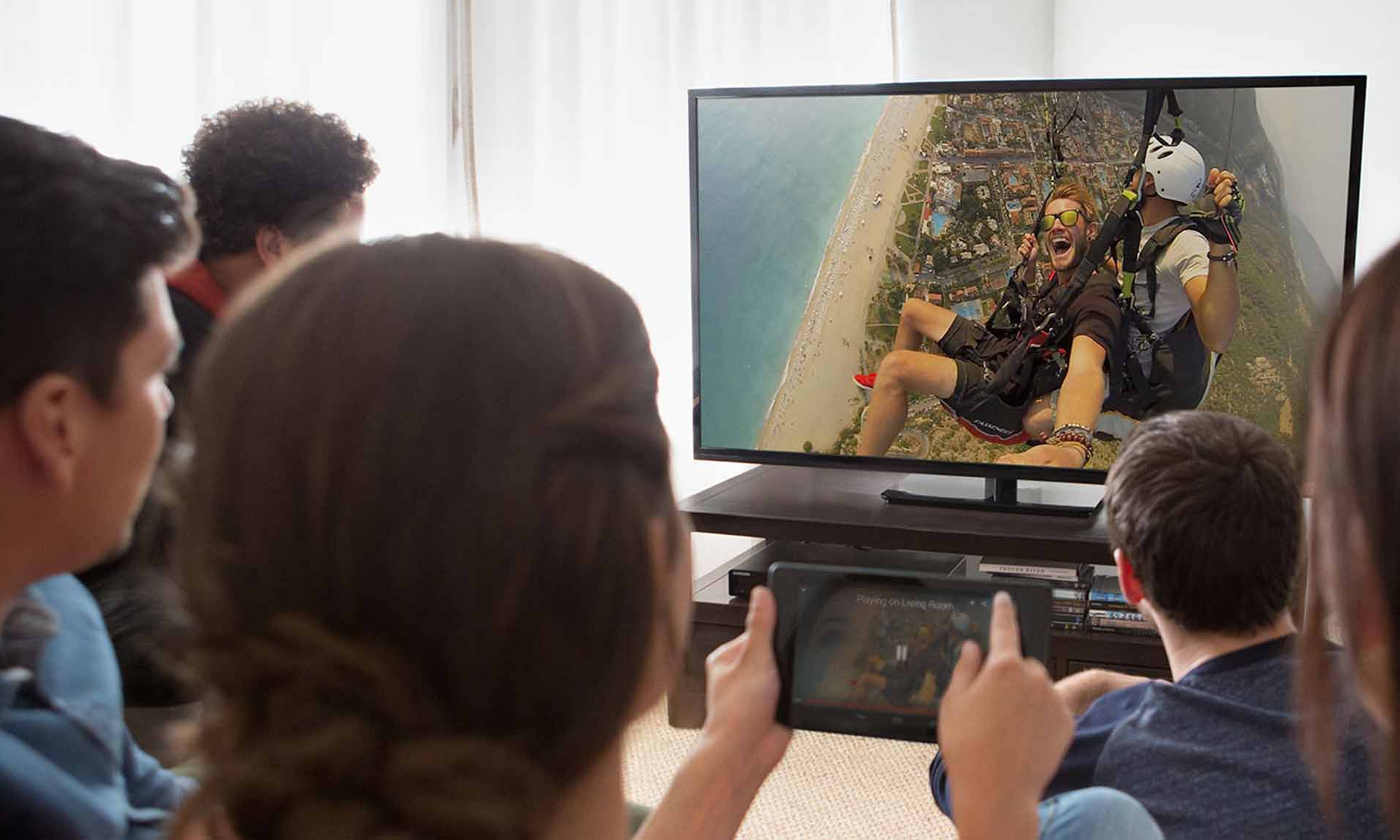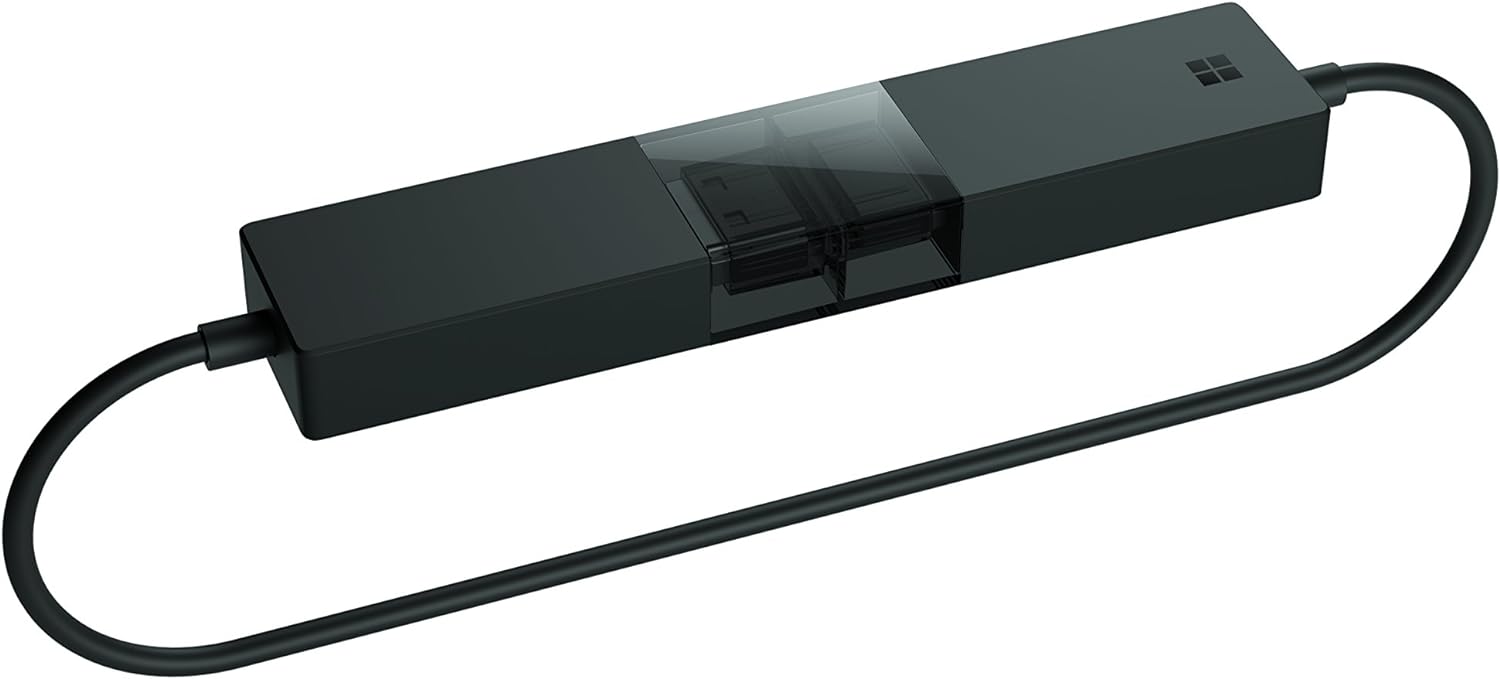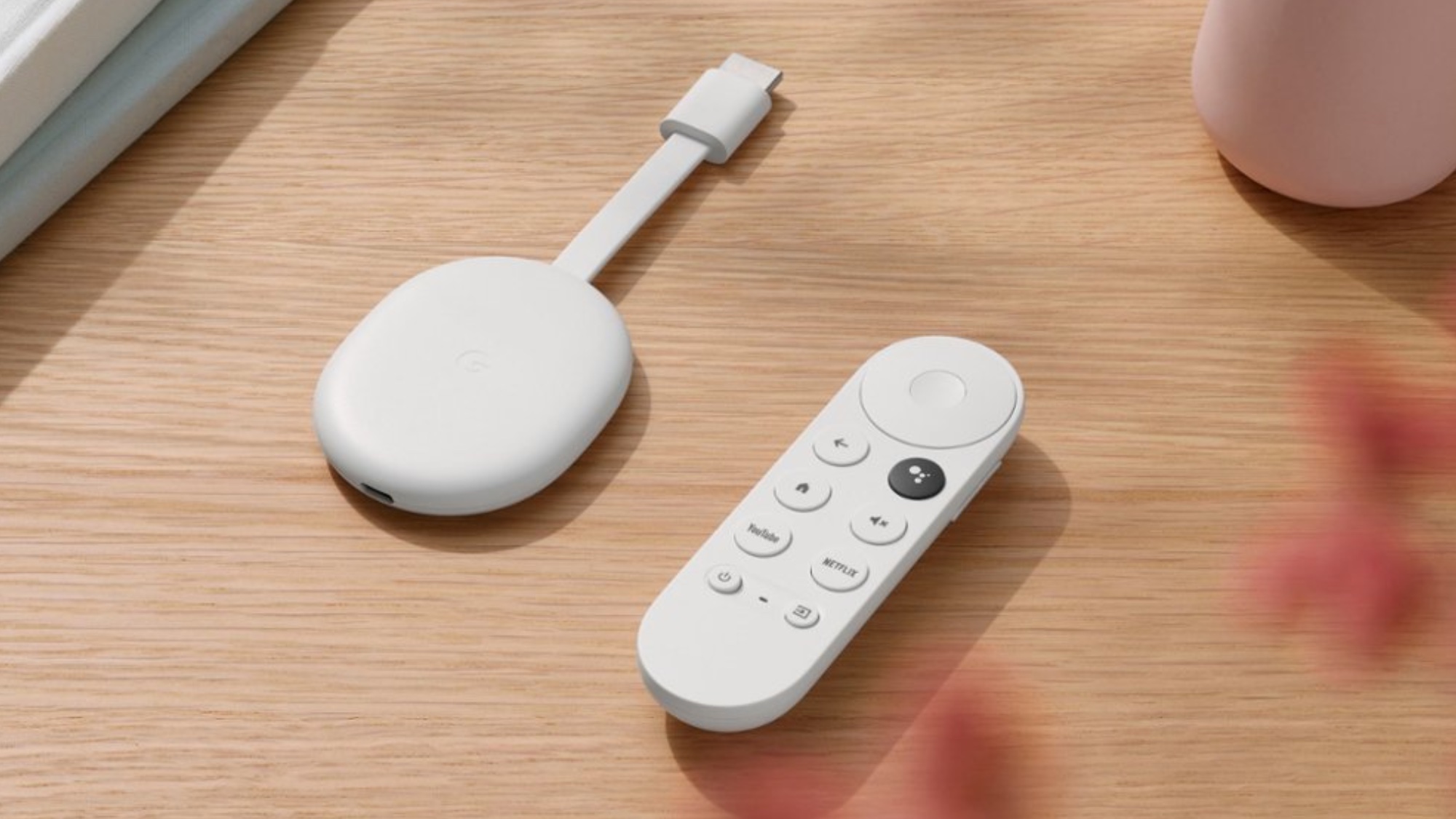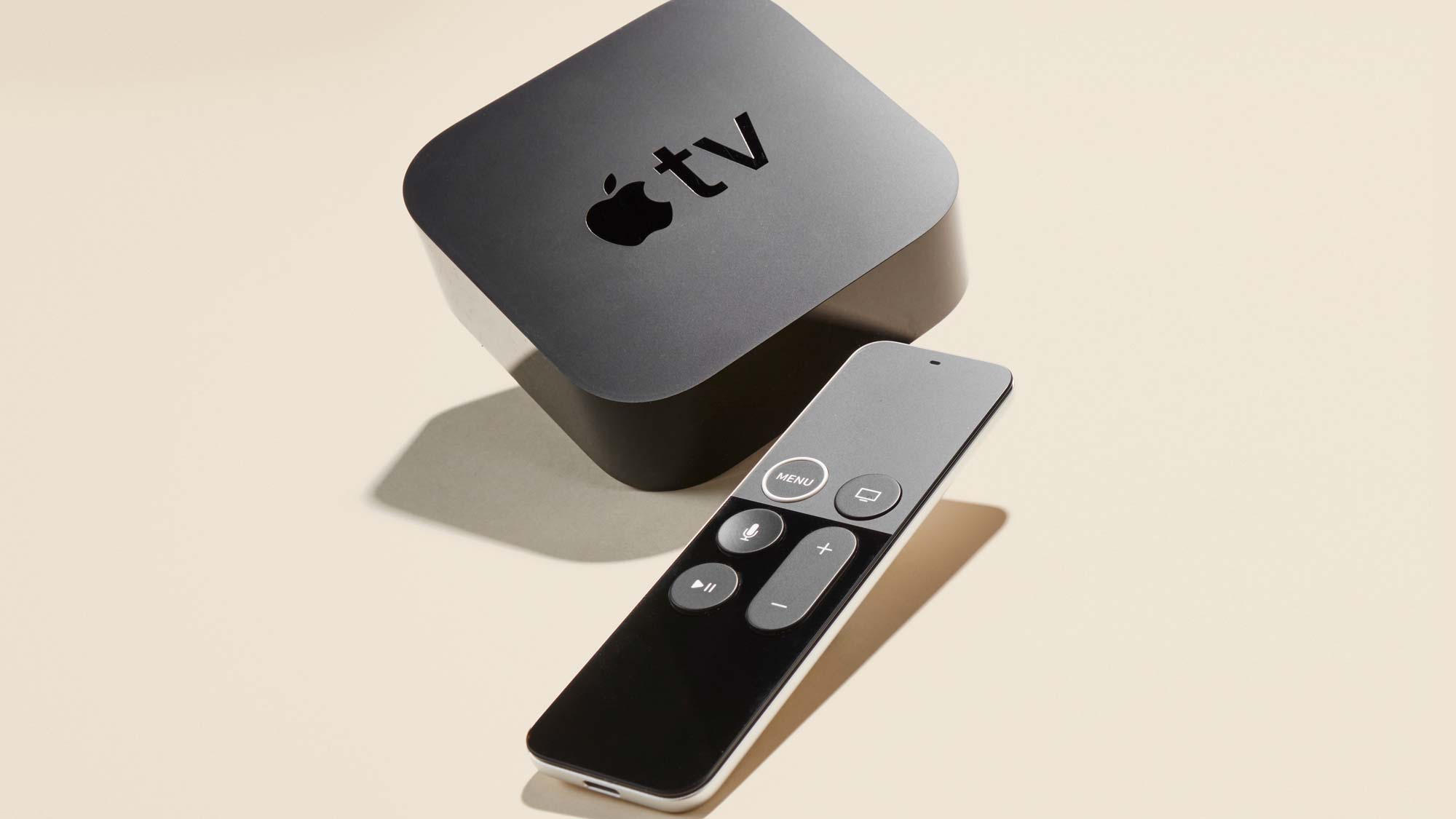The best Miracast and screen-mirroring devices in 2025
The best Miracast gadgets can mirror your content

The best Miracast or screen-mirroring devices are ones that gift you the ability to play music and videos directly on your preferred display without any hindrances. These devices should ideally give you proper screen mirroring capabilities utilizing Wi-Fi similar to AirPlay or Chromecast, provided your TV doesn't already have these features baked into the interface.
There are tons of different Miracast devices out there that lend you these capabilities. Miracast is a part of the Wi-Fi Alliance, allowing users to cast high-res photos and high definition videos using your home network. Miracast can work with tons of different devices, including laptops, monitors, smartphones, and more – so long as they have Wi-Fi.
We have years of experience testing TVs, streaming devices, smart home hubs, and so much more. We know just what to look for in terms of overall features and usability, especially when finding the best Miracast devices as these tend to give you broader controls over your home entertainment setup. Miracast might be a bit outdated as conventional TVs have more Wi-Fi casting capabilities, but not all the time as seen with the Sansui 55-inch OLED.
We've collected below all of our favorite Miracast devices to get you up and running, so you can play videos, music, and photos without any issues. Miracast is perfect for Windows PCs, so if you're using it to game or cast content from your computer, you'll definitely want one of the following that suits your needs and budget.
The best Miracast and screen-mirroring devices you can buy today

1. Microsoft Wireless Display Adapter V2
For Windows Devices
Screen Mirroring Protocol: Miracast | Size: 3.5 x 0.9 x 0.4 inches | Weight: 1.2 oz
Miracast is a technology that allows Android and Windows devices to cast content to TV screens. Most Miracast receivers range from terrible to passable, but the Microsoft Wireless Display Adapter actually works the way it's supposed to. The device is a small HDMI stick with nearly perfect wireless mirroring. Whether you need to stream music, videos, photos, lightweight games or productivity apps, the Wireless Display Adapter can do so with no lag. Simply plug it in, connect your PC or Android device, and see your content on the big screen. That's all the device does, and all it needs to do.
Bear in mind that since Miracast works only with Windows PCs and Android devices, this adapter won’t do you any good if you have a Mac OS computer or an iOS phone. There are solutions for those devices further down on this page, however.

2. Chromecast with Google TV
For Android Devices
Screen Mirroring Protocol: Google Cast | Size: 2.0 x 2.0 x 0.5 inches | Weight: 1.4 oz
With the launch of the Google TV Streamer, Chromecast as we once knew it is no more. In its place, you'll find the Chromecast with Google TV streaming device, a compact and easy-to-use dongle best for Android users.
Google's proprietary screen-mirroring protocol, Google Cast, is a powerful tool for those looking to get the best Miracast devices. Like other options on this list, the Chromecast with Google TV dongle comes in both a 4K and HD model, perfect for those who may not need 4K resolution support. It also comes in a range of varied colors, including Snow, Sky, and Sunrise, for those who like a little flavor in their screen mirroring.
Beyond just allowing casting capabilities, the Google TV Streamer also has Google TV baked into it. This means you can find tons of free content to enjoy across the interface, plus utilize smart home capabilities like Nest Doorbell and Home devices straight from your Chromecast.

3. Apple TV 4K
For Apple Users
Screen Mirroring Protocol: AirPlay | Size: 3.9 x 3.9 x 1.4 inches | Weight: 15.0 oz
Apple users will want to leverage AirPlay wherever possible to play music, shows, movies, and the like on their display of choice and that's where the Apple TV 4K comes into play. It's one of the most advanced set-top-boxes and among the best streaming devices you can buy right now, gifting you tvOS in the palm of your hand.
A standout feature on the Apple TV 4K is Quick Media Switching, which allows the device to handle content in varied refresh rates with ease. There's also no need to go with the 4K model if your TV is only 1080p, but the 4K is best for most users looking to get one of the best Miracast devices for their Apple setup.
What are the best Miracast and screen-mirroring devices?
The best Miracast and screen-mirroring devices don’t make up a very long list. As stated above, Miracast isn’t a perfect streaming protocol at the best of times. The fact that it’s pretty easy to produce Miracast receivers means that there are a lot of second-rate products out there. Lots of devices support Miracast protocols, from Rokus to Amazon Fire TVs, but for my money, I’ve only ever found one that worked as it was supposed to. That’s the Microsoft Wireless Display Adapter. You plug the gadget into a TV, where it receives a Miracast signal from your phone or computer. That’s all it does, but it works properly, and that’s more than you can say for many Miracast receivers.
If you’re not committed to Miracast as your screen mirroring protocol, other companies have made better ones. Take Google, for example, with its Google Cast functionality. It works just like Miracast, and you can mirror content from either an Android device or a Chrome browser. You can use the Google Chromecast as a receiver. The regular Chromecast works fine if you intend to mirror at 1080p; higher resolutions will require a Google Chromecast Ultra instead.
On the other hand, if you fall on the Apple side of the spectrum, you can pick up an Apple TV and use the AirPlay mirroring protocol. AirPlay is compatible with Macbooks and iOS devices, and works the same way as any other mirroring service. An Apple TV can be particularly useful for Macbook owners, since Miracast works only with Windows PCs and Android devices.
How to choose the best Miracast or screen-mirroring device for you
The best Miracast or screen-mirroring device depends on the gadgets you already own. Simply put: If you plan to stream from a Windows PC, get the Microsoft Wireless Display Adapter. If you plan to stream from an Android device, get the Google Chromecast. If you plan to stream from a Mac OS or iOS device, get an Apple TV. Most screen-mirroring protocols are not cross-compatible, so if you don’t buy the appropriate receiver, you could find yourself staring down a $50 paperweight.
Just bear in mind that when it comes to Google and Apple devices, you have two choices apiece. A regular Google Chromecast or a regular Apple TV can support resolutions of up to 1080p. If you’re mirroring from a very powerful device, you might want a Google Chromecast Ultra or an Apple TV 4K. These streaming devices support resolutions up to 4K. Just bear in mind that you’ll need a pretty strong Internet connection to mirror high-res content reliably.
How we test Miracast and screen-mirroring devices
Testing the best Miracast and screen-mirroring devices is pretty straightforward. We hook up a receiver to a TV, then see how reliably it mirrors content. We test photos, music, videos, office documents and even video games — not necessarily because each one represents a realistic scenario, but to see just how reliable each device is when pushed up against its limits.
We test Miracast devices with Windows PCs and Android phones, Google Cast devices with Android phones and Chrome browsers, and AirPlay devices with Macbooks and iPhones. Each receiver has to prove its worth on both a home network and an office network, since screen mirroring has some productivity applications as well. In home testing cases, we’re particularly interested in how video mirroring stacks up to native apps on streaming devices.
Truthfully, though, testing Miracast and screen-mirroring devices is a pretty simple process, since the receivers don’t have many moving parts. If they work well, you’ll know within half an hour — and if they work poorly, you’ll know much quicker than that.
Sign up to get the BEST of Tom's Guide direct to your inbox.
Get instant access to breaking news, the hottest reviews, great deals and helpful tips.
Marshall Honorof is a senior editor for Tom's Guide, overseeing the site's coverage of gaming hardware and software. He comes from a science writing background, having studied paleomammalogy, biological anthropology, and the history of science and technology. After hours, you can find him practicing taekwondo or doing deep dives on classic sci-fi.
You must confirm your public display name before commenting
Please logout and then login again, you will then be prompted to enter your display name.

